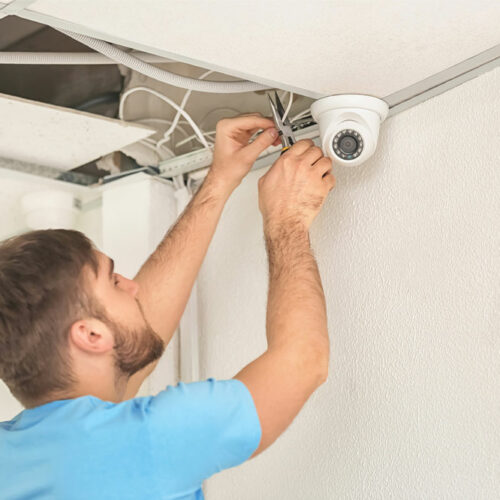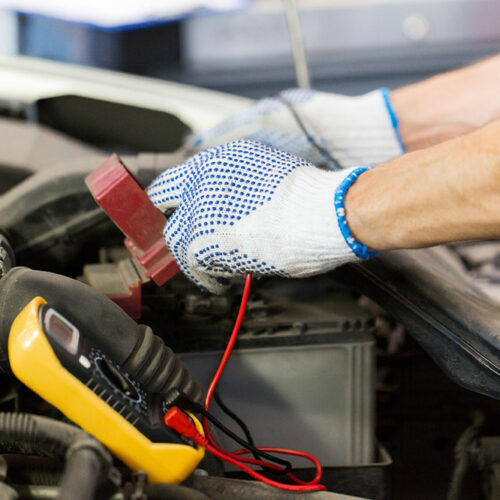Avoid these 5 mistakes while installing security cameras

A home can be immaculately designed and well equipped, but it is incomplete without adequate security measures. Security is imperative to ward off unruly events like robbery, theft, and trespassing. While employing security personnel can help ensure safety, technological interventions ensure 100% accuracy at all times and are operational 24×7, reducing long-term costs and eliminating the chances of safety breaches. The key to effectively utilizing security cameras is to avoid certain common installation mistakes: Installing in an area with insufficient or extremely bright lighting Too much or too little light in the area where the camera is installed can lead to unclear or distorted images, which can impede the identification of suspects or comprehension of events. Hence, CCTV cameras should be placed in areas with adequate lighting, neither too bright nor too dim. Installing in an area with a restricted view Placing one’s security camera in an area with several objects blocking the view can cause difficulties with surveillance. Areas with dense greenery, tall buildings, and high walls are not ideal for installing security cameras. Overlooking the height Installing one’s CCTV camera at a high altitude prevents it from getting a panoramic view. In contrast, placing it too low increases the risk of the camera being stolen or tampered with.






